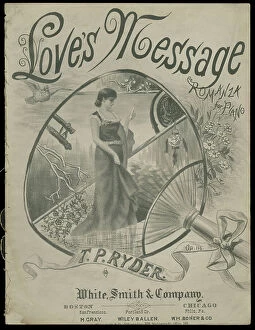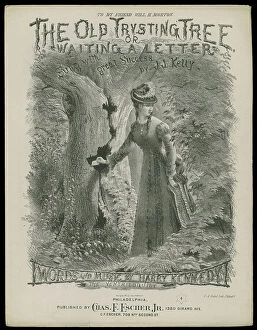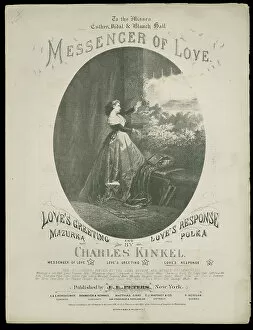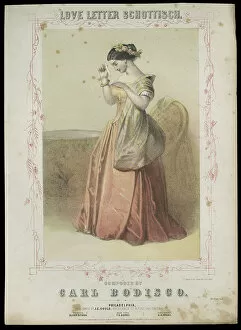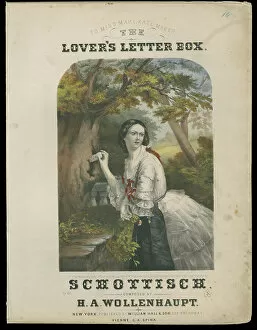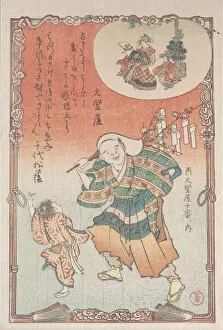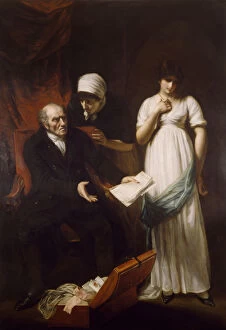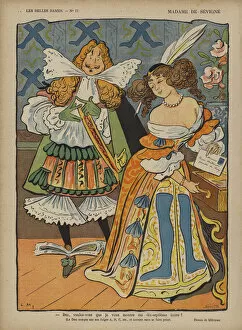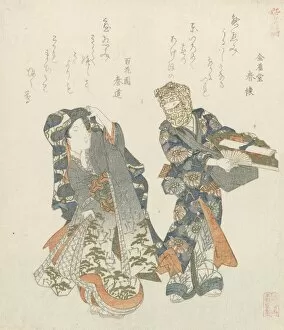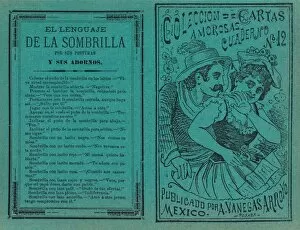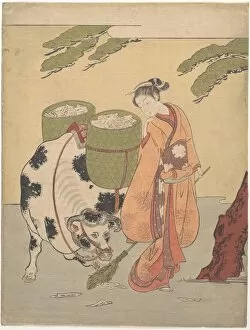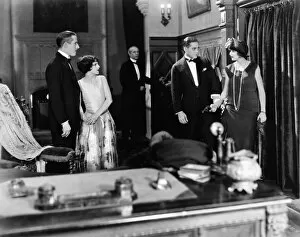Love Letters Collection
"Love Letters: A Timeless Expression of Emotion and Connection" In the enchanting world of art, they have been depicted in various forms throughout history
For sale as Licensed Images
Choose your image, Select your licence and Download the media
"Love Letters: A Timeless Expression of Emotion and Connection" In the enchanting world of art, they have been depicted in various forms throughout history. From delicate woodblock prints to captivating oil paintings, these visual representations offer a glimpse into the profound impact that they have had on human emotions. One such artwork is "A Woman Sweeping up Her Love Letters, " created by Suzuki Harunobu between 1725-1770. This exquisite piece portrays a woman delicately sweeping away her cherished correspondence, perhaps reminiscing about past moments of affection and longing. Similarly, Kubo Shunman's "Hawker of Love Letters" from the 19th century captures the essence of an era when handwritten expressions of love were sold on bustling streets. The image transports us to a time where individuals eagerly sought out heartfelt words to convey their deepest sentiments. "The Angry Father or The Discovery of the Clandestine Correspondence, " an oil painting from 1802, reveals the consequences that could arise from secret love letters. It serves as a reminder that while these missives can bring joy and connection, they can also incite turmoil when discovered by disapproving eyes. Madame De Sevigne's illustration for Le Rire showcases how even famous figures were not immune to the allure of love letters. This depiction highlights the universal nature of this form of communication – transcending social status and fame – as it touches hearts across generations. The landscapes portrayed in some artworks also play a significant role in capturing the essence behind love letters. For instance, one image shows a woman turning towards man amidst famous places in Yamashiro province. This setting adds depth to their connection, emphasizing how geographical surroundings can enhance romantic exchanges through written words. Jose Guadalupe Posada's collection further exemplifies how diverse cultures embraced this intimate practice.

